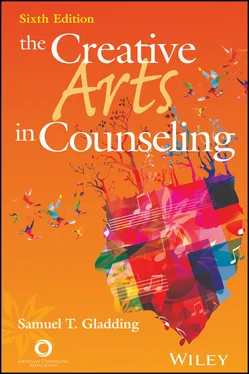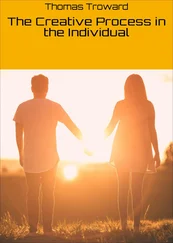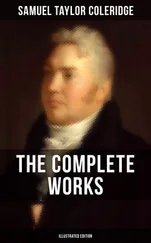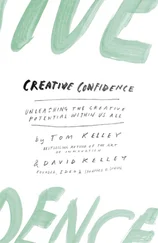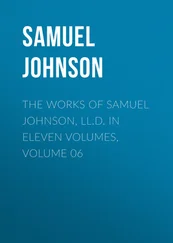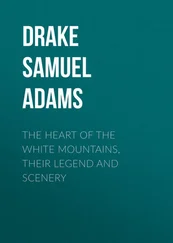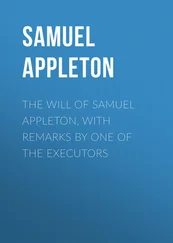Samuel T. Gladding - The Creative Arts in Counseling
Здесь есть возможность читать онлайн «Samuel T. Gladding - The Creative Arts in Counseling» — ознакомительный отрывок электронной книги совершенно бесплатно, а после прочтения отрывка купить полную версию. В некоторых случаях можно слушать аудио, скачать через торрент в формате fb2 и присутствует краткое содержание. Жанр: unrecognised, на английском языке. Описание произведения, (предисловие) а так же отзывы посетителей доступны на портале библиотеки ЛибКат.
- Название:The Creative Arts in Counseling
- Автор:
- Жанр:
- Год:неизвестен
- ISBN:нет данных
- Рейтинг книги:3 / 5. Голосов: 1
-
Избранное:Добавить в избранное
- Отзывы:
-
Ваша оценка:
- 60
- 1
- 2
- 3
- 4
- 5
The Creative Arts in Counseling: краткое содержание, описание и аннотация
Предлагаем к чтению аннотацию, описание, краткое содержание или предисловие (зависит от того, что написал сам автор книги «The Creative Arts in Counseling»). Если вы не нашли необходимую информацию о книге — напишите в комментариях, мы постараемся отыскать её.
*To purchase print copies, please visit the ACA website here
*Reproduction requests for material from books published by ACA should be directed to permissions@counseling.org
The Creative Arts in Counseling — читать онлайн ознакомительный отрывок
Ниже представлен текст книги, разбитый по страницам. Система сохранения места последней прочитанной страницы, позволяет с удобством читать онлайн бесплатно книгу «The Creative Arts in Counseling», без необходимости каждый раз заново искать на чём Вы остановились. Поставьте закладку, и сможете в любой момент перейти на страницу, на которой закончили чтение.
Интервал:
Закладка:
Advantages
The first major advantage to using the arts in counseling involves playfulness. Almost all great leaders, from Winston Churchill to Mahatma Gandhi, have had a sense of playfulness about them that has helped them temper their reactions to serious moments and gain a clearer perspective on life (Erikson, 1975). As a group, most people who are involved with the arts are known for their liveliness and even mischievous ways, even though they may be quite serious. There is a winsome quality about those involved with the arts that enables them to appreciate and create a type of cosmos out of chaos. This lightheartedness in the midst of serious tasks is enabling and life giving.
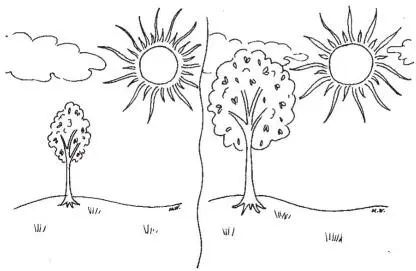
Figure 1 Sun, Cloud, Tree
Two creatives who have been both playful and serious in their work in mental health are Toby Allen and Federico Babina. To put into perspective the link between mental illness and art, British artist Toby Allen ( https://www.zestydoesthings.com/realmonsters) has drawn pictures of what he calls “mental illness monsters” such as depression or anxiety. His hope is that his drawings will give the intangibles of mental disorder some substance and make them appear more beatable as physical entities. He also hopes to reduce the stigma around mental disorders and make them more understandable. Figure 2 illustrates the emotion of “Worry.” The creative task for dealing with “Worry” is how to change “Worry’s” expression and the behavior that goes with it. Likewise, Federico Babina, an Italian architect and graphic designer, has created a short video, Archiatric , depicting mental disorders as houses. This 1:39-minute film, with music by Elisabet Raspall, powerfully and insightfully portrays such disorders as dementia, autism, depression, insomnia, phobias, and anxiety as if they were buildings ( http://federicobabina.com/ARCHIATRIC). Such depictions make these maladies more understandable and less frightening.
A second benefit of using the arts in counseling is that the connection often promotes collegial relationships (Arnheim, 1990). Many counseling theorists, including existentialist, person-centered, Adlerian, or gestalt theorists, advocate this type of partnership. In healthy art and counseling encounters, professional barriers are broken down. In the latter, the ability of clients and counselors to more clearly understand and address present difficulties is enhanced.
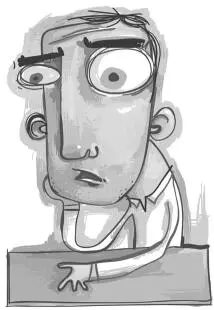
Figure 2 Worry
A third advantage of including the arts in counseling is that it usually promotes communication. Artists from Pablo Picasso to Stevie Wonder have talked about the universal language of artistic expression and the ability of the arts to convey information in a simple but direct way. Sometimes a picture or a movement is worth a thousand words. By sounding off musically, visually, or dramatically, clients are often able to help their counselors better understand their predicaments. Art can help outsiders, such as counselors, look on something that they have never been a part of and make them feel as if they have always been a part of it (Christenberry, 1991). As a result, these counselors become more sensitive and effective helpers as well as better communicators.
A fourth benefit of incorporating the arts into counseling is that artistic expression enables clients to recognize the multifaceted nature of themselves and the world. In other words, the arts allow clients to express themselves in multiple ways depending on the strengths they discover in themselves (Chan, 2001). This task of discovery may seem simple, but just as in the adventures of Carlos Castenada’s (1972) character Don Juan, the complexities of life are not always easily learned or understood. Clients who have been struggling for identity may discover through their immersion in the arts during counseling that the depth as well as the richness of their lives is much greater than they initially envisioned. They may also learn for the first time, or again, ways they prefer to express themselves and thus get to know themselves better (J. A. Warren & Nash, 2019).
A fifth advantage of using the arts in counseling has to do with their perceived objectivity. The arts are seen as neutral or even fun and therefore are not resisted.
The use of the arts is a natural spin-off from the use of displacement material in other areas. Therapists, educators, theologians, and parents have used displacement materials for generations to help people focus on problems that they are too involved in emotionally to see clearly. (Guerin, 1976, p. 480)
A sixth benefit of using the arts in counseling is that these forms of expression allow, and even encourage, nonverbal clients to participate meaningfully in counseling relationships. “They are particularly well-suited for use in working with children and adolescents as they allow creative forms of self-expression for this developmental age-group that often struggles to put words to complex internal processes” (K. M. Davis, 2008, p. 230). People who have been victimized or traumatized may be unable to verbally convey the events they have experienced because trauma is based on the visual and sensational nature of traumatic memories stored in the brain, without translation into narrative (Westhenen & Fritz, 2014). By using the arts, however, people may convey creatively and profoundly what is uppermost in their minds. The arts also encourage concrete thinkers and those of limited mental ability to expand their horizons.
A seventh advantage of using the creative arts in counseling is that they help counselors and clients become more empathic as they experience the world through mediums others have used. This process is one of becoming increasingly aware of human internal experiences and expressions that are universal and unique. Artistic expression opens up a world where sensitivity lives. It is in delving deep into that understanding that counselors and clients become more conscious of their own lives and those of others in the deepest sense (J. A. Warren & Nash, 2019).
In addition, including the arts in counseling gives the counselor one more tool to use in promoting diagnoses, understanding, or dialogue in the professional relationship. When encountering extremely resistant or reluctant clients, counselors should use every means to bring about a mutually satisfactory outcome. The theoretical and technical aspects of the arts in counseling can make such a difference.
Limitations
The disadvantages of using arts in counseling must also be recognized, for they can cause complications if they are not acknowledged and dealt with properly. First, not every counselor or client is a suitable candidate for such procedures. For instance, counselors who do not have high artistic and social-vocational-type personalities may tend to lack commitment or may burn out on using the creative arts (Orkibi, 2016). Among clients, a chief limitation of using the arts in counseling is that artists themselves may not benefit from such an approach. In fact, according to Fleshman and Fryear (1981), “for artists, the use of the arts in therapy may be counterproductive” (p. 6). The reason for this phenomenon is that artists support themselves through creative expression, and to be asked to perform in a therapeutic setting may seem too much like work. In such situations, the use of arts in counseling becomes an obstacle to therapeutic progress unless clients are asked to engage in an art or artistic activity, such as equine therapy, with which they are unfamiliar.
Читать дальшеИнтервал:
Закладка:
Похожие книги на «The Creative Arts in Counseling»
Представляем Вашему вниманию похожие книги на «The Creative Arts in Counseling» списком для выбора. Мы отобрали схожую по названию и смыслу литературу в надежде предоставить читателям больше вариантов отыскать новые, интересные, ещё непрочитанные произведения.
Обсуждение, отзывы о книге «The Creative Arts in Counseling» и просто собственные мнения читателей. Оставьте ваши комментарии, напишите, что Вы думаете о произведении, его смысле или главных героях. Укажите что конкретно понравилось, а что нет, и почему Вы так считаете.
